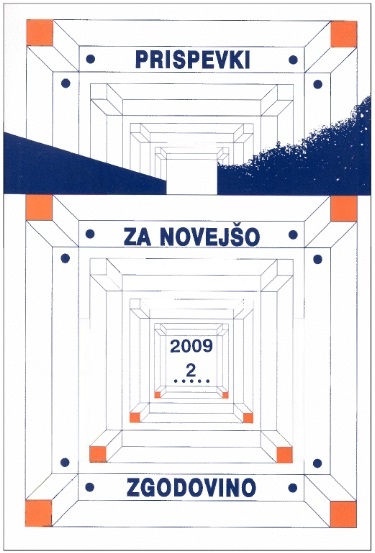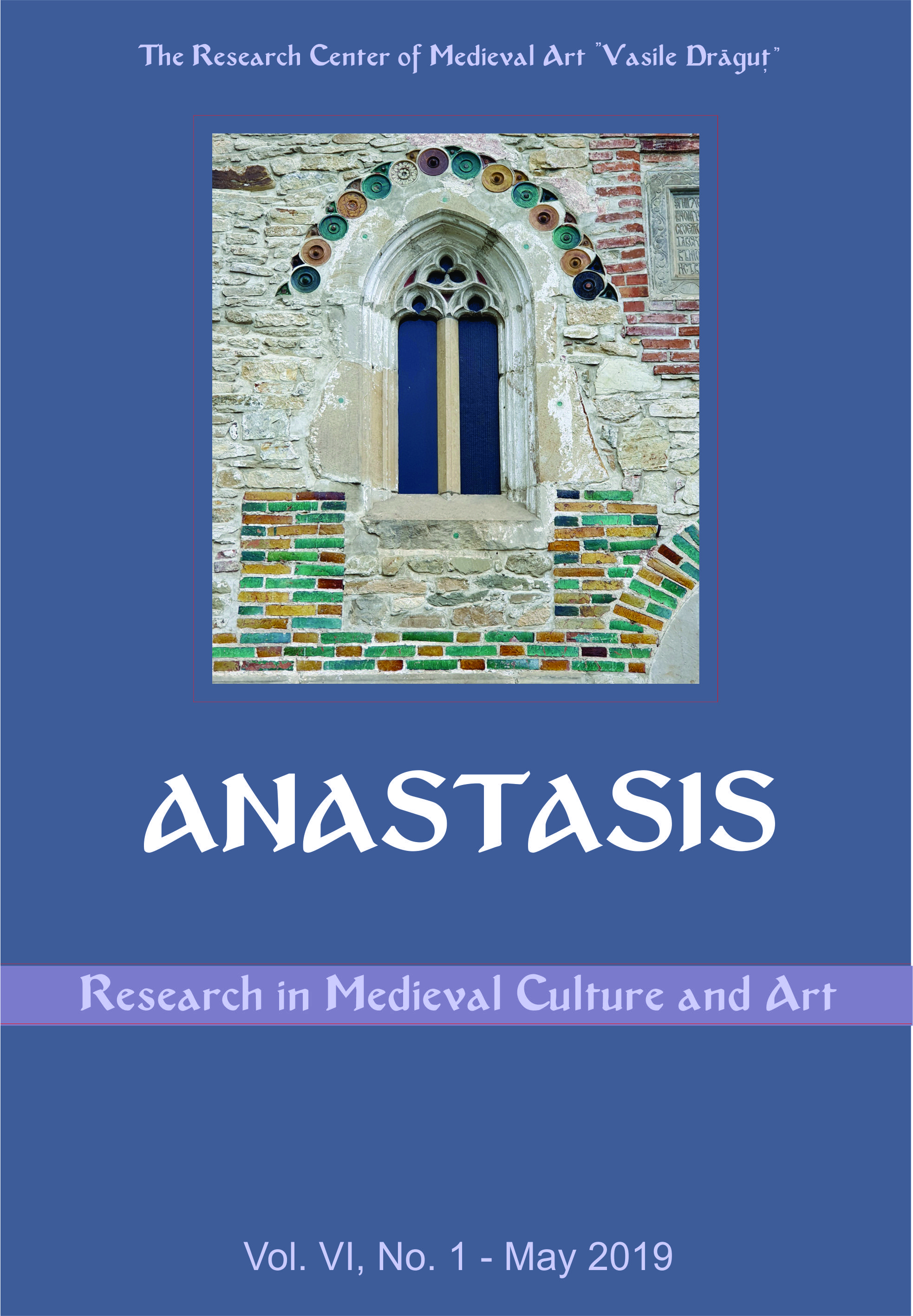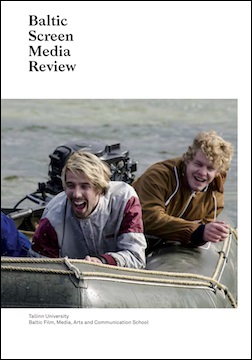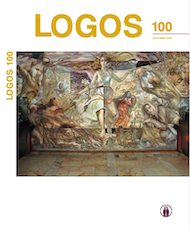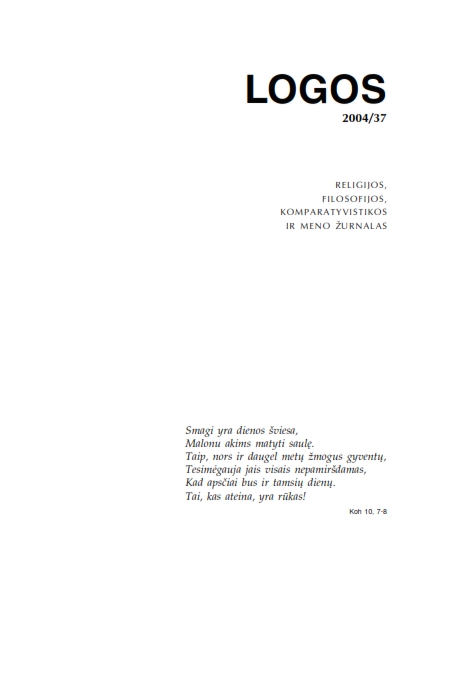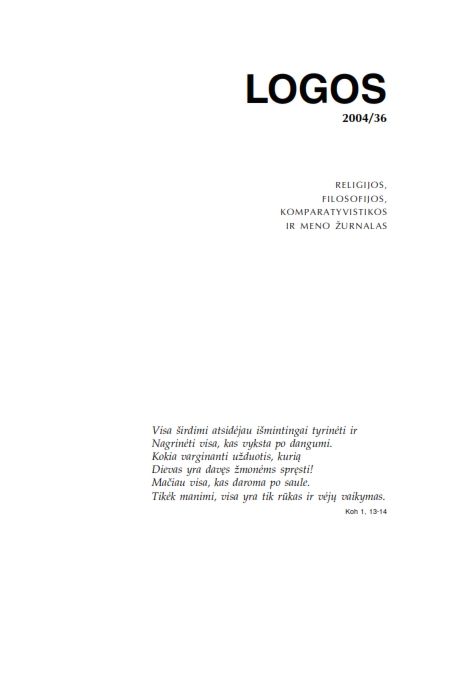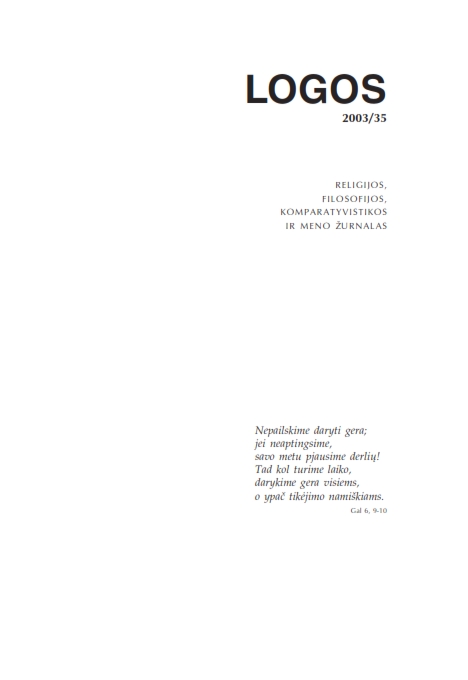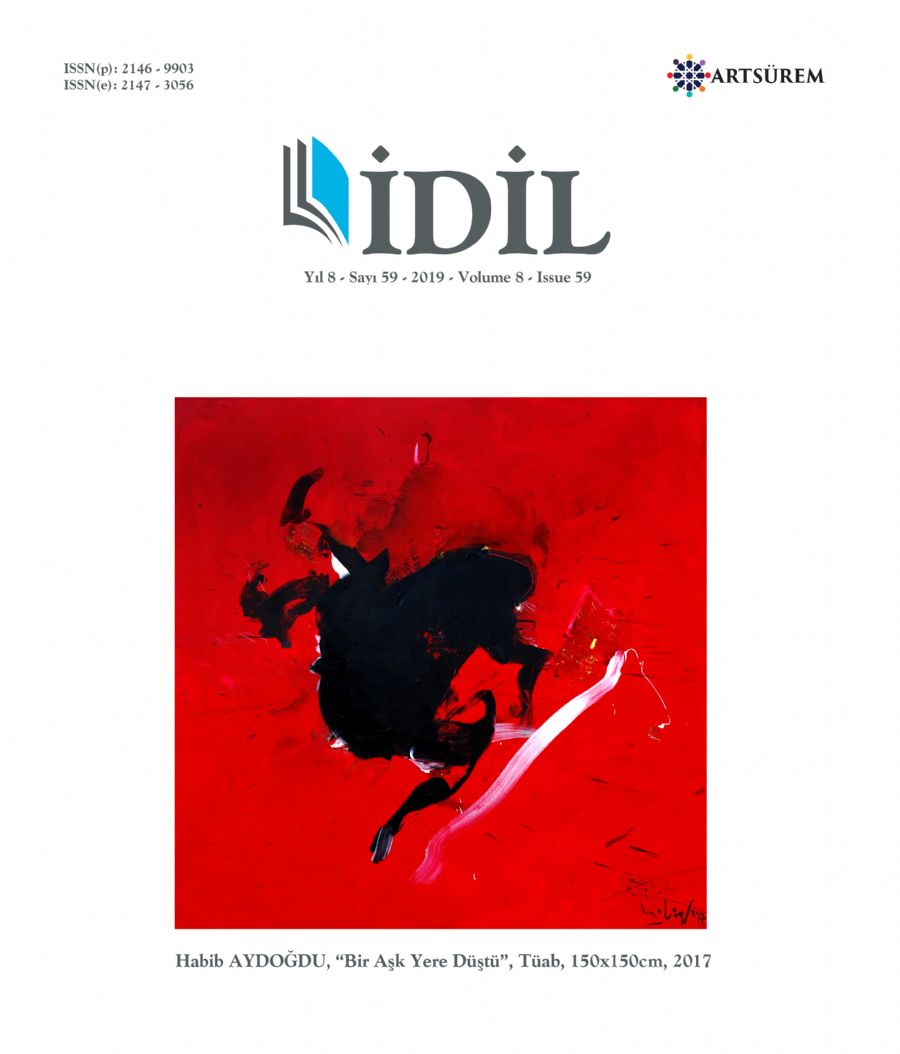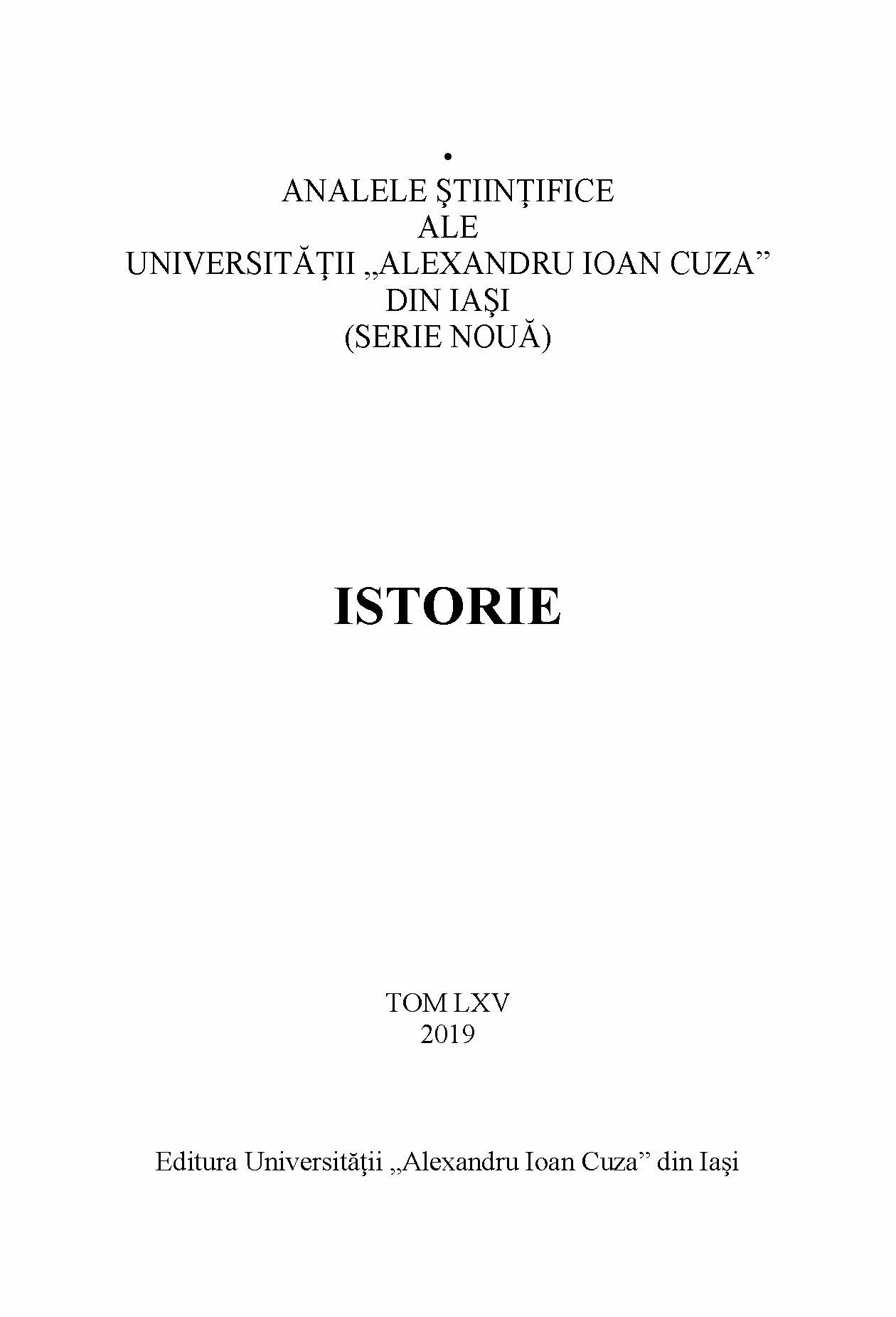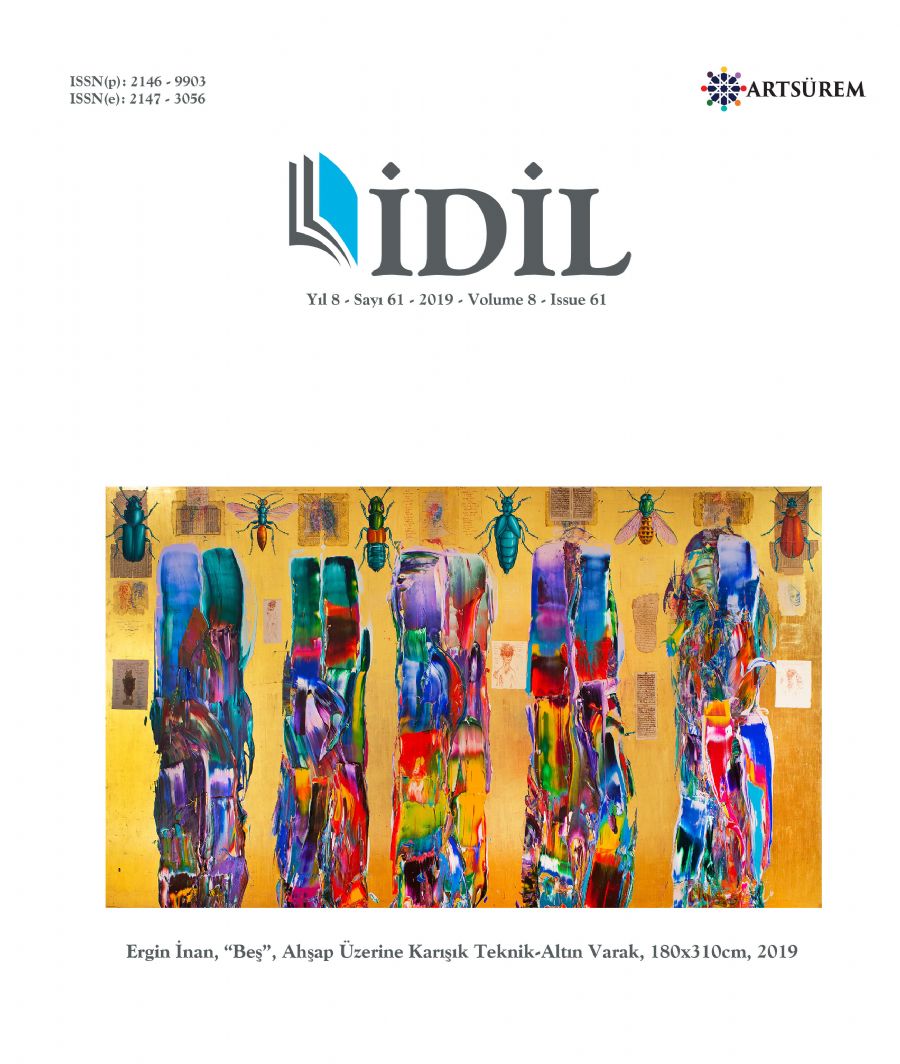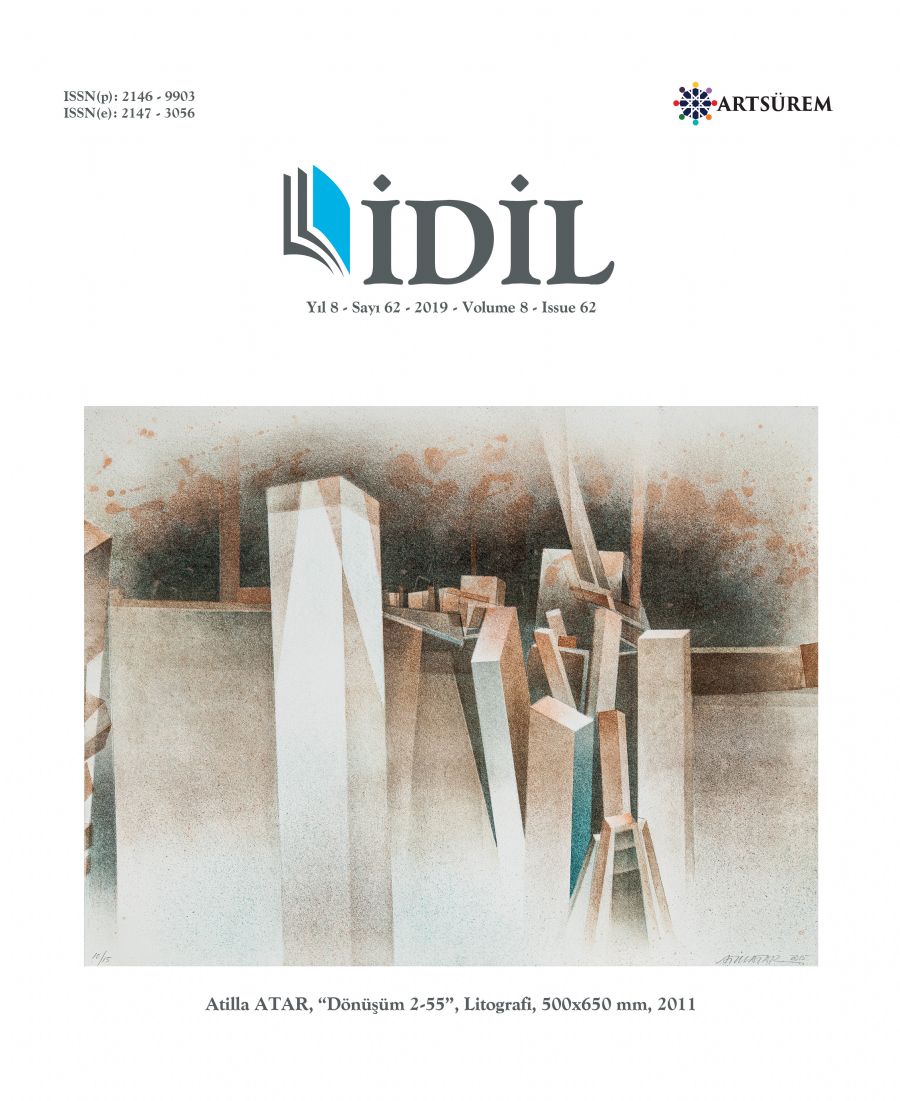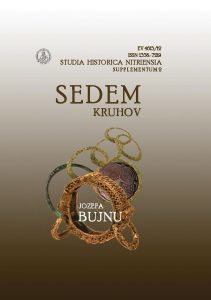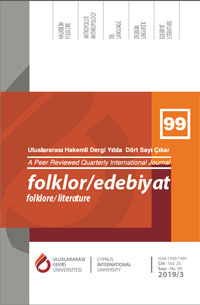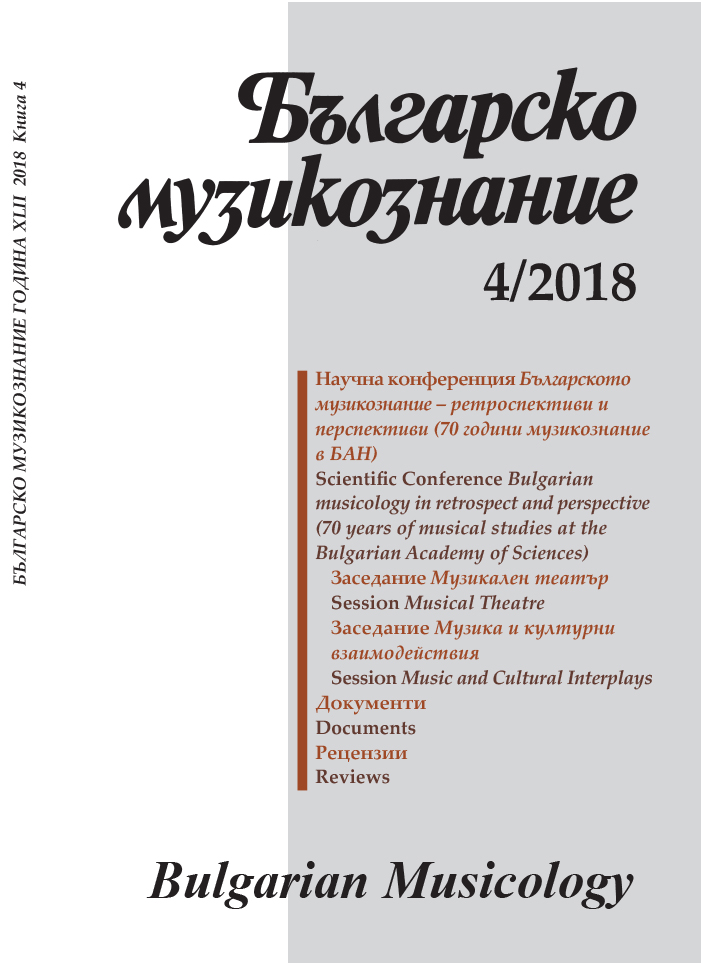
Тенденции при рецепцията на жанра мюзикъл в България през шейсетте години на XX век
The Musical has been developing and spreading throughout Bulgaria for more than half a century (from 1963 until now). This period is significantly shorter in comparison with the development and dissemination of opera, operetta, and ballet in Bulgaria. The reception of the musical in Bulgaria from 1963 to 2013 has been discussed by the author of the present text in the conference ‘Bulgarian Musicology – Retrospectives and Perspectives.’ Considering the provided amount of publications, however, the present text is focused only on the trends in the reception of the musical in Bulgaria in the 1960s. If another suitable opportunity for publication occurs, the reception trends of the musical in Bulgaria from the beginning of the 1970s to 2013 (and even until 2018) will be presented in additional publications. The text of the present article is based on the historical, comparative, and typological research methods.
More...
